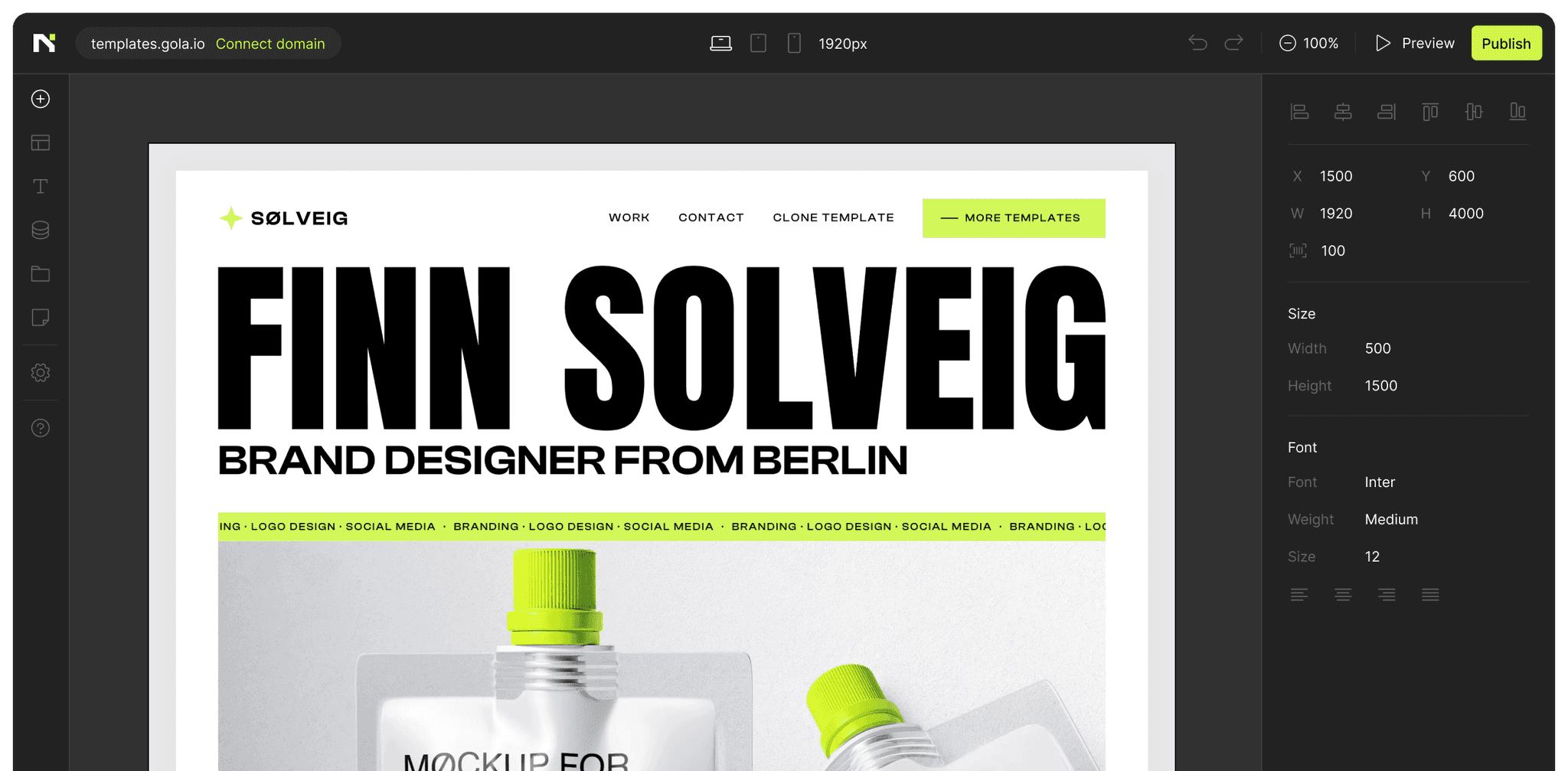The Fundamentals of UX/UI Design
User Experience (UX) and User Interface (UI) design are pivotal elements in creating digital products that are both functional and appealing. UX design focuses on the overall feel of the experience, ensuring that the user's journey through a product is smooth and intuitive. It involves extensive research, user testing, and iterative design to create solutions that meet users' needs effectively. The primary goal is to enhance user satisfaction by improving usability, accessibility, and pleasure during interaction with the product.
UI design, on the other hand, is concerned with the look and feel of the product. It involves designing the visual aspects, such as buttons, icons, spacing, typography, and color schemes. UI designers aim to create aesthetically pleasing interfaces that are also user-friendly. A well-designed UI can significantly enhance the user experience by making the interface intuitive and easy to navigate. The collaboration between UX and UI designers is crucial, as both elements must work together seamlessly to create a cohesive and engaging user experience.
A key aspect of successful UX/UI design is understanding the target audience. This involves conducting thorough research to gather insights into user behaviors, preferences, and pain points. By empathizing with users and putting their needs at the forefront, designers can create interfaces that are not only beautiful but also highly functional. This user-centered approach ensures that the design is tailored to meet the specific needs of the audience, leading to higher satisfaction and engagement rates.
Implementing Best Practices for Intuitive Design
Creating intuitive and engaging user experiences requires a strategic approach and the implementation of best practices. One fundamental strategy is consistency in design. Consistency ensures that users can easily learn and understand the interface, as similar elements behave in predictable ways. This includes maintaining uniformity in fonts, colors, button styles, and navigation patterns across the entire product. Consistent design reduces cognitive load, allowing users to focus on their tasks rather than figuring out how to use the interface.
Another critical aspect is the use of clear and concise visual hierarchy. Visual hierarchy helps users navigate the interface by organizing elements in order of importance. By strategically using size, color, contrast, and placement, designers can guide users' attention to key elements and actions. For example, call-to-action buttons should stand out clearly, prompting users to take the desired actions. A well-defined visual hierarchy not only improves usability but also enhances the overall aesthetic appeal of the design.
Feedback mechanisms are also essential in UX/UI design. Providing users with immediate and clear feedback for their actions helps them understand the results of their interactions and reduces uncertainty. This can include visual cues like button animations, confirmation messages, or error notifications. Effective feedback ensures that users feel in control and confident while using the product. Additionally, incorporating user feedback into the design process through testing and iterations helps identify and address usability issues, leading to a more refined and user-friendly interface.
Conclusion
In conclusion, UX/UI design is a critical component of creating digital products that are both intuitive and engaging. By understanding the fundamentals of UX and UI design and implementing best practices such as consistency, visual hierarchy, and feedback mechanisms, designers can create user experiences that are seamless and satisfying. A user-centered approach, driven by research and empathy, ensures that the design meets the needs of the target audience, resulting in higher satisfaction and engagement. As digital experiences continue to evolve, the principles of UX/UI design remain essential in crafting interfaces that delight and engage users, ultimately driving the success of the product.

Dave Johnson
CEO
Continue Reading


